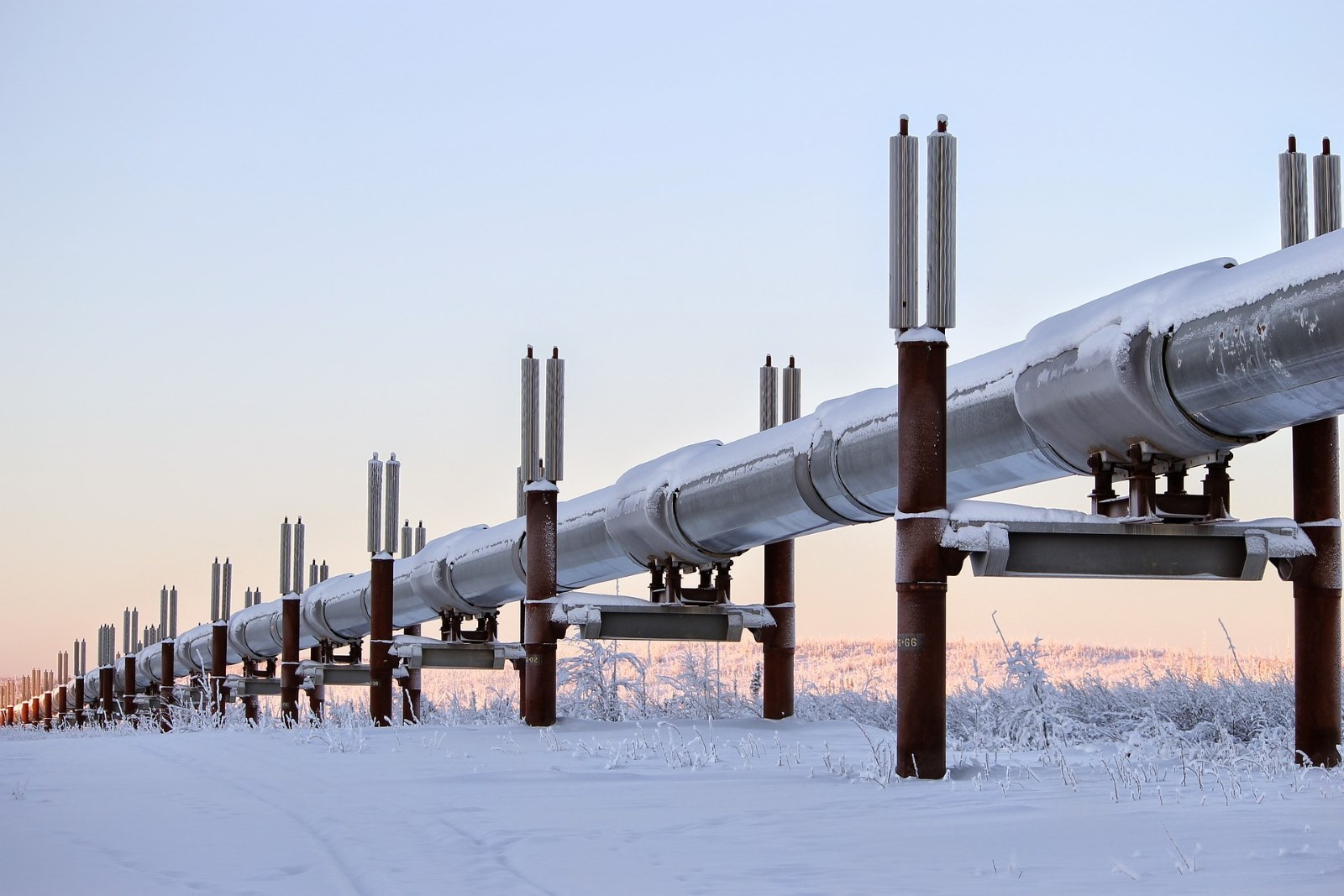Φ-lab’s continuing EO innovation drives AI-derived methane detection



ESA Φ-lab, an established prime mover for disruptive innovation in European Earth observation (EO), is supporting a project on identifying methane pipeline leakage using satellite data. The research moves the state of the art forward through a data-fusion approach, employing machine learning algorithms to combine various remote sensing image and other time-series data sources.
Φ-lab has a proven track record for driving innovation in the Earth observation sector, including through the financial and technical sponsorship of cutting-edge research via PhDs.
Methane detection from space is one such area of Φ-lab’s research. Albeit with a shorter lifespan in the atmosphere, methane gives rise to up to 30 times more heat retention than carbon dioxide and so is proving to be a significant contributor to global warming. Detecting and fixing methane leaks is therefore a priority in terms of climate-change mitigation, but in the case of gas pipelines, management of leaks can be hampered by the vast expanses of remote locations that the networks of pipes often traverse.
In recent years Φ-lab has overseen two projects, STARCOP and LEO-GEO4GHG, both of which explored how methane plumes could be detected from satellites using onboard AI. In new research that Φ-lab is jointly supervising with German aerospace company OHB Digital Connect and the Technical University of Munich, PhD student and OHB employee Enno Tiemann is exploiting machine learning to analyse a combination of data sources for plume detection and quantification.
“Currently, methane detection often relies on experts who manually inspect the EO data and create a map of the plume that is then used to determine the emission rate – sometimes with a high degree of uncertainty,” Enno explains. “Whereas previous work has adopted a cascading approach, whereby initial AI detection of large plumes is followed by human analysis of higher-resolution optical or infrared data, our research involves algorithms that simultaneously interrogate multiple satellite datasets to improve detection and reduce uncertainty.”
Although Sentinel-5P is a well-established methane detector, giving daily coverage of the entire planet, it has a fairly coarse resolution that means the minimum measurable emission rate is around 25 tonnes per hour. Sentinel-2 and Landsat 8 and 9 by contrast have a threshold of 1.5-1.8 tonnes per hour, but lack daily coverage. By fusing time series data from multiple satellites, in conjunction with wind-vector data, the new research is expected to yield more robust estimates of plume location and gas flows, together with insight on the evolution of plumes over time.
Φ-lab provides essential support to the project through technical supervision, expertise sharing and joint funding with OHB. Φ-lab AI Applications Lead Rochelle Schneider is the project supervisor for ESA: “In addition to giving vital input to the project, Φ-lab is able to grant external researchers access to our pool of world-leading AI experts and data scientists. We’re very happy to help guide this research initiative, which like STARCOP and LEO-GEO4GHG is an example of AI-driven EO that is sure to make a significant contribution to combatting methane emissions in the energy sector.”
Share